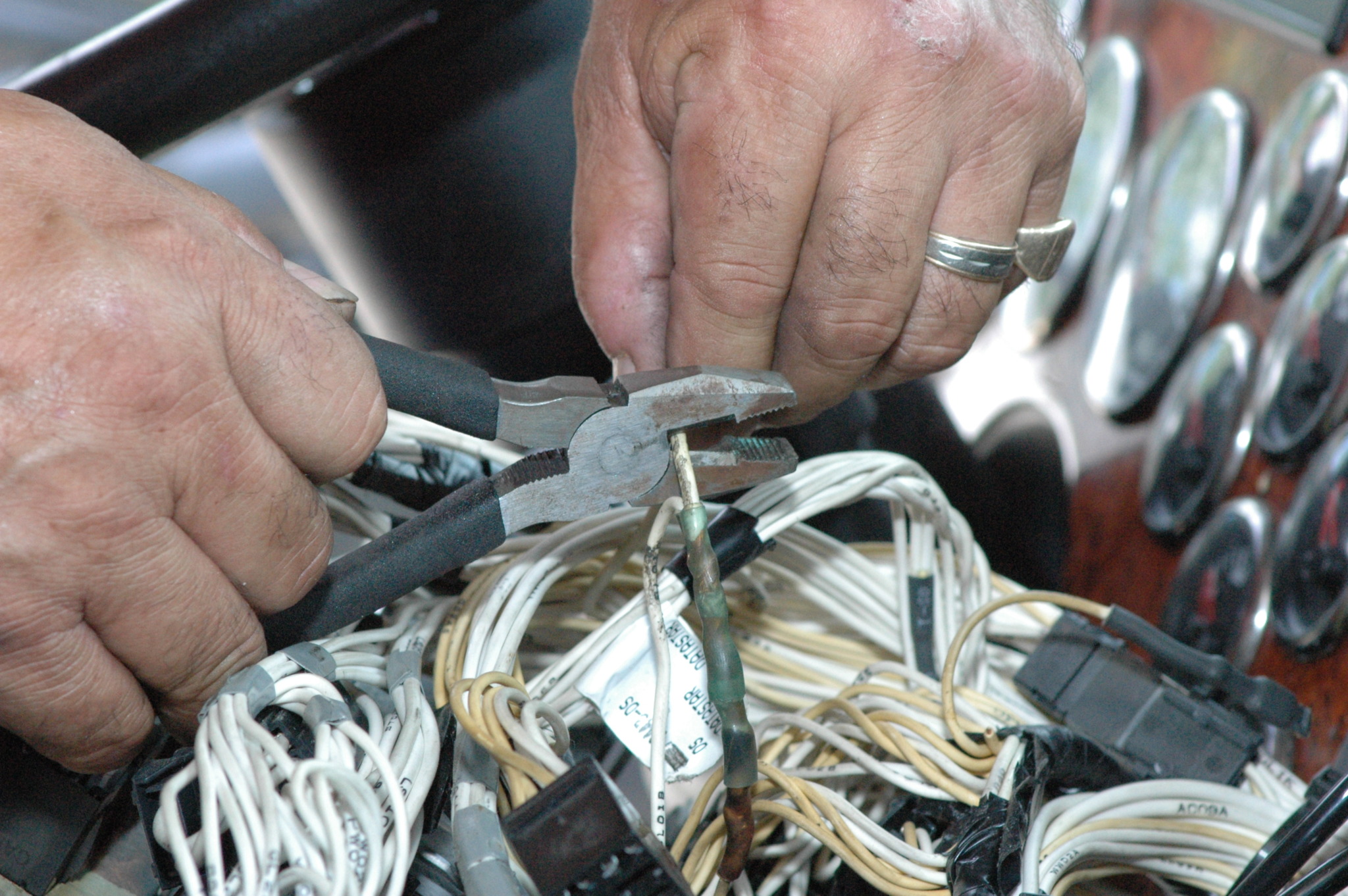Comply with regulations through expert regulatory compliance assistance.
Top Tips for Effective Electrical System Troubleshooting
Fixing electrical systems calls for a systematic strategy, grounded in an extensive understanding of electrical principles and safety methods. By familiarizing oneself with circuit parts, utilizing vital devices, and adhering to a structured assessment method, professionals can successfully identify and solve problems. However, the subtleties of effective repairing expand beyond mere technological understanding; comprehending exactly how to record searchings for and prioritize security can substantially influence end results. As we explore these critical elements additionally, it becomes clear that mastering this process is not just useful however necessary for success in the field.
Understand the Fundamentals
Understanding the essentials of electrical systems is important for reliable troubleshooting, as a strong structure allows specialists to detect and resolve problems a lot more efficiently. A thorough grasp of electrical concepts, such as voltage, existing, resistance, and power, is critical in recognizing the origin causes of troubles. Voltage is the electric potential distinction that drives existing via a circuit, while resistance opposes the flow of current, impacting the total performance of the system.
Familiarity with circuit components, including resistors, capacitors, diodes, and switches over, is also critical. Each component plays a distinctive duty in circuit habits and can impact efficiency when malfunctioning. Additionally, understanding series and parallel circuit arrangements is crucial, as these setups affect the circulation of voltage and present within the system.
Moreover, understanding of safety procedures is vital. Specialists must be mindful of possible hazards, such as shock and short circuits, to carry out safe troubleshooting methods. By grasping these fundamental concepts, service technicians improve their capability to conduct effective diagnostics and repair work, eventually bring about improved performance and dependability of electric systems. This fundamental expertise is the foundation of effective fixing undertakings.
Gather Necessary Tools
Effective troubleshooting of electrical systems requires the right collection of devices to diagnose and resolve problems properly. Crucial tools consist of a multimeter, which measures voltage, present, and resistance, allowing for exact evaluations of electric elements.
In addition, insulated hand devices such as screwdrivers, pliers, and wire pole dancers are vital for safely controling electrical connections. It is also advisable to have a circuit tester accessible to confirm the visibility of voltage in outlets and wires. For more complicated systems, a thermal imaging camera can help spot overheating components, showing prospective failures.

Follow a Systematic Approach
Having actually gathered the proper tools, the following action in repairing electric systems is to follow an organized strategy. A methodical method makes sure that professionals can determine faults efficiently and properly, address minimizing downtime and preventing unnecessary repair work.
Begin by reviewing the system's schematic diagrams and specs. This entails checking each component methodically, starting from the power source and working in the direction of the lots.
Use testing tools, such as multimeters and oscilloscopes, to gather unbiased information regarding voltage, present, and resistance at different points within the system. This empirical evidence will certainly guide your troubleshooting efforts and assist to confirm or eliminate potential root causes of failing.
In addition, take into consideration ecological factors that might affect the system's efficiency, such as temperature level fluctuations or dampness access. An extensive evaluation of circuitry, links, and elements will certainly ensure that all possibilities are accounted for.
Record Your Searchings For
Detailed documentation is crucial in the repairing procedure of electric systems. Exact records boost the effectiveness of recognizing recurring problems and help with communication among employee. Each searching for must be diligently noted, including symptoms observed, examinations conducted, and the end results of those tests. electrical system troubleshooting. This practice not just aids in understanding the source of the problem yet likewise functions as a recommendation for future fixing efforts.

In addition, preserving a log of components changed or fixings performed is invaluable. This details supports supply management and can aid assess the longevity and integrity of certain parts.
Eventually, the paperwork procedure need to be comprehensive yet concise, making it possible for simple access and testimonial - electrical system troubleshooting. By prioritizing detailed documentation, professionals can produce a beneficial data base that not only aids in existing troubleshooting however likewise empowers future maintenance initiatives, therefore enhancing overall system dependability

Prioritize Security Actions
Acknowledging the fundamental risks related to electric systems is vital for ensuring safety and security during troubleshooting. Electric shock, burns, and tools damages are just a few of the potential dangers that specialists encounter. Prioritizing precaution is not only a lawful responsibility however additionally an special info ethical vital that safeguards both the technician and the surrounding environment.
Before commencing any troubleshooting job, specialists ought to don suitable personal safety devices (PPE), including insulated handwear covers, shatterproof glass, and flame-resistant click resources garments. Making sure that the workspace is completely dry and without mess can significantly reduce the risk of accidents. It is important to de-energize circuits before beginning any work, validating that they are not live via the use of a multimeter or voltage tester.
Developing clear interaction methods with team members is also crucial; this ensures that everybody recognizes prospective hazards and the status of the electric system being functioned on. Having an emergency reaction plan in place can confirm indispensable in the occasion of an event. By focusing on precaution, service technicians can efficiently alleviate risks and cultivate a safer workplace.
Verdict
Efficient electrical system fixing relies on a detailed understanding of basic principles and a methodical technique. Focusing on safety steps ensures the health of people included and the stability of the electric system.